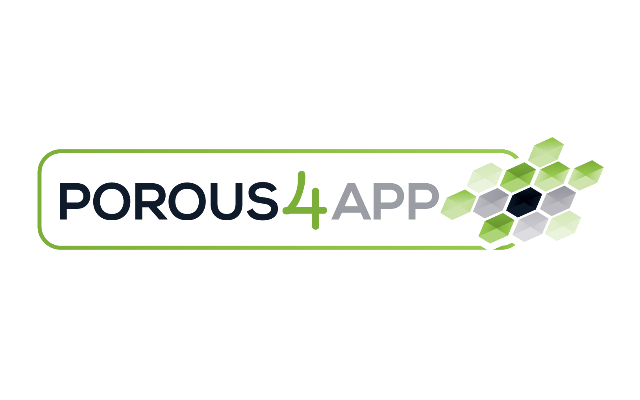POROUS4APP
POROUS4APP
Pilot Plant Production of Controlled Doped Nanoporous Carbonaceous Materials for Energy and Catalysis Applications
The main idea of POROUS4APP project is based on the fabrication of functional nanoporous carbonaceous materials at pilot plant scale from natural resources (polysaccharide). The process for nanoporous carbon fabrication is already well known as one of the POROUS4APP partner has developed the STARBON® technology at TRL5 which consist of swelling, drying and pyrolysis of natural resources and in this case Starch. What POROUS4APP project will bring to the European community is the development of new metal/metal-oxide doped-nanoporous carbonaceous materials based on a known technology.
This technology needs to be upscaled and modified to enable a full flexibility of the material characteristics to be applied to various industrial applications. The use of abundant renewable resources like starch has been proven to be a low cost and reliable raw material source for industrial production of carbonaceous materials having porosity in the nanometer range. In POROUS4APP it will be intended to produce not only carbonaceous nanoporous materials but carbonaceous material with enhanced functionality by using impregnation and sol/gel strategy. This will allow POROUS4APP materials to reach the challenging requirements of state of the art high added value materials at lower cost for applications in energy storage such as lithium-ion battery and also in chemical catalysis process. These applications need materials with well defined porosity to reach high efficiency level of their functional systems.
Project Budget: 7’944’722,50 €
LEITAT Budget: 648’817,50 €
Financial Framework: Horizon 2020
Contract number: 686163
Start Date: 01/03/2016
End Date: 29/02/2020
Partners:

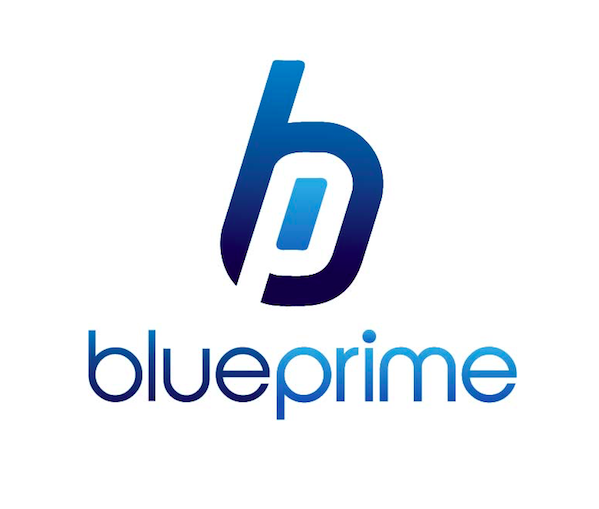
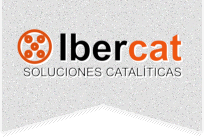
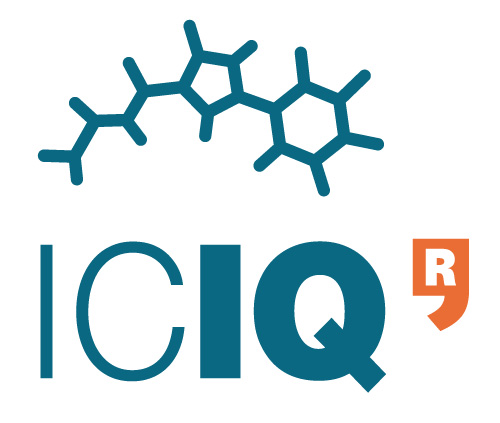







Contact Manager: J. Casellas
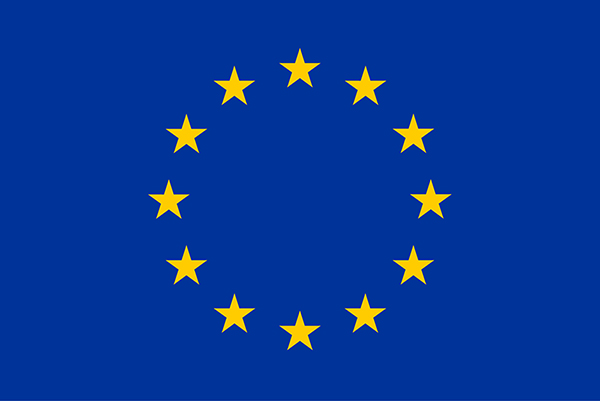
This project has received funding from the European Union’s Horizon 2020 research and innovation programme under grant agreement No 686163. This publication reflects only the author’s views and the European Union is not liable for any use that may be made of the information contained therein.

